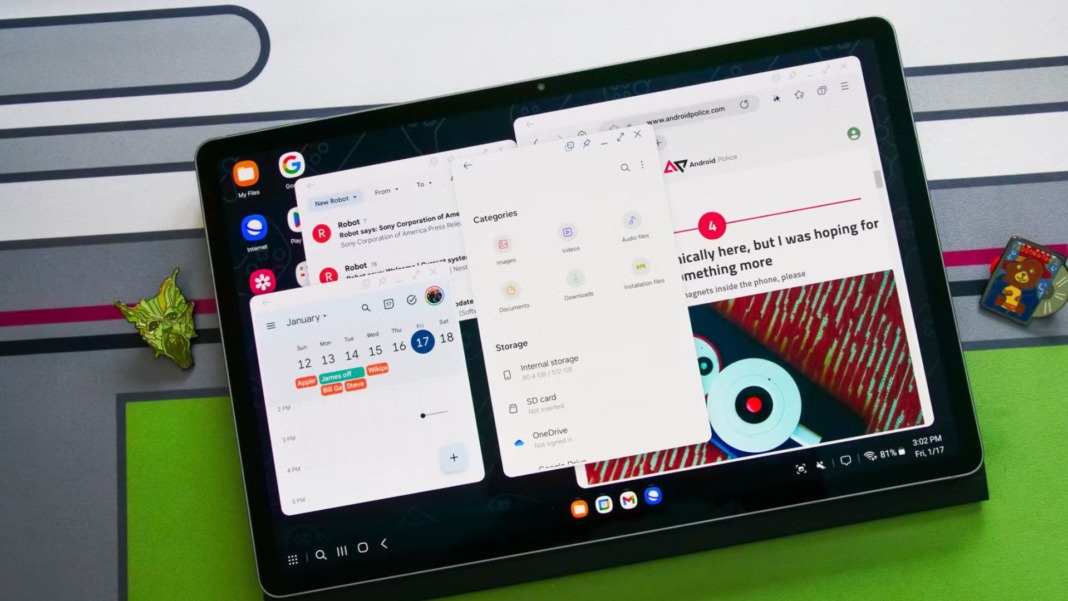Google is testing a new feature that could change your smartphone use. In a recent beta version of Android 16, a new Desktop Mode was discovered that allows you to connect your Android phone to a monitor and use it like a desktop computer.
If you’ve ever wished your phone could double as a complete workstation, this may soon become a reality.
You can use your phone like a desktop
Tech expert Mishaal Rahman, writing for Android Authority, found this new Desktop Mode and tested it on his Google Pixel 8 Pro. He enabled the feature using the developer options and plugged the phone into a USB-C monitor. Instantly, a desktop-like screen appeared on the external display, and the phone acted like a small computer.
The setup is similar to Samsung’s DeX system, which lets you turn a Galaxy smartphone into a mini desktop. But now, Google seems to be offering its version directly through Android.
The interface includes a status bar at the top showing your signal and Wi-Fi strength. There’s also a taskbar at the bottom to pin your favourite apps. For example, on a PC, a menu button opens a full app drawer, and you’ll see Android’s usual navigation buttons on the right side.
Apps open in separate windows, and you can resize and move them around the screen. You can even snap them to the left or right side, just like on Windows. It’s a step up from the usual phone screen mirroring because it turns your mobile into a proper multitasking tool.
New features help make multitasking easier
This isn’t Google’s first attempt at a desktop experience. Rahman also found a basic version of Desktop Mode last year, but it didn’t do much—it only lets you place resizable apps on a large screen.
Since then, Google has added more features. In March, another update included a display management tool. This lets you adjust how your phone and monitor are arranged so it’s easier to move your cursor between them. It works much like the display settings on a Windows or macOS computer.
This shows that Google is taking the feature seriously and may plan to roll it out in a more finished form.
It’s still in beta and might take a while
The new Desktop Mode is only available in the Android 16 beta. Even then, it’s hidden in the developer settings, which means Google is still working on it and hasn’t released it for public use.
Rahman suggests that Desktop Mode might not be ready when Android 16 launches, which is expected this spring. Instead, it may arrive later in a quarterly update. If not, it might be saved for Android 17, which could launch sometime in 2026.
Still, it’s an exciting look at where Android is heading. If this feature becomes official, you could one day carry your full desktop computer in your pocket—no need for a laptop or tablet when your phone can do it all.





